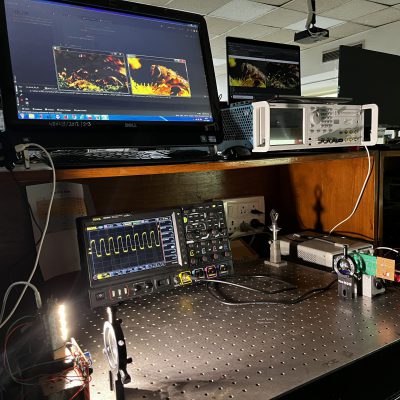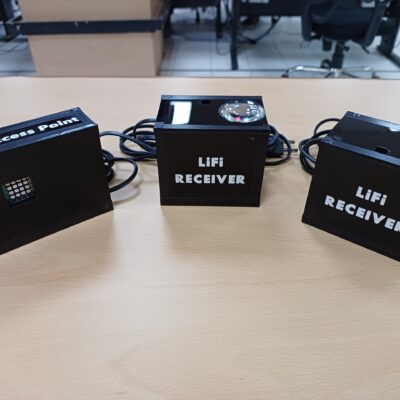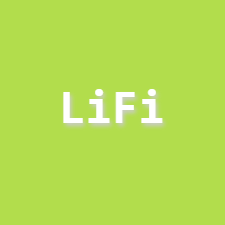LiFi
We are witnessing a massive transition in internet data usage. Approximately 74% of the internet users are indoor mobile users, however, indoor mobile devices mainly rely on Wi-Fi due to poor indoor cellular connectivity. Additionally, increasing device penetration, internet of things, virtual reality, augmented reality, real-time services will saturate the Wi-Fi networks. Meanwhile, the researchers are exploring alternate technologies to cope with increasing data demands. Visible light communication (VLC) is a potential solution that utilizes unlicensed visible light spectrum for communication. VLC uses infrastructure light-emitting diodes (LEDs) for both illumination and communication. VLC also finds its use in radio-frequency sensitive environments like hospitals, defense, aircraft cabins, underwater communication, and the petrochemical industry.
Although VLC is a promising technology, it is not yet commercialized. The strength and challenge of the VLC is its highly directional nature, and thus a small coverage area per access point (AP). However, the lack of commercial VLC hardware makes testing the proposed solutions difficult. Our work includes a simple hardware circuitry and the required analysis for developing a VLC setup indigenously. A system or controller with a Python environment and UART, presented VLC transmitter, and receiver circuitry can easily replicate the provided link
Introduction
- LiFi technology is a reliable solution of 6G wireless challenges.
- It uses infrastructure Leds as LiFi access points (Aps) for simultaneous communication and illumination .
- The LEDs are switched at a very high speed to carry information which is invisible to the human eyes.
- The LiFi AP density is very high compare to other commercially available wireless technology.
- LiFi Technology has less probability of signal interception as light cannot pass through the walls.
- It is radio frequency (RF) interference free wireless technology.
- It has no adverse effects on human since we use visible light for communication.
- Green Technology



Purpose
The document provides the details of designing and testing the different hardware modules of Li-Fi networks.
The objective of this project:
- Design the LED driver (Optical transmitter) for visible light communication link at higher frequency in such a way to achieve higher bandwidth and higher speed.
- Design the photodetector receiver circuit for visible light communication link at same frequency of the optical transmitter.
Scope
We have developed physical transmitter and receiver modules in order to facilitate communication using the visible light spectrum. The downlink module uses an optical channel for communication. The modules can work up to 40 Mbps of data rate for downlink communication. The communication distance between the transmitter and receiver modules can be up to 3 meters.

You Tube Link : https://youtube.com/@lifiiitdelhi8645?si=J1MdOMXuxVdJ1l6Z

